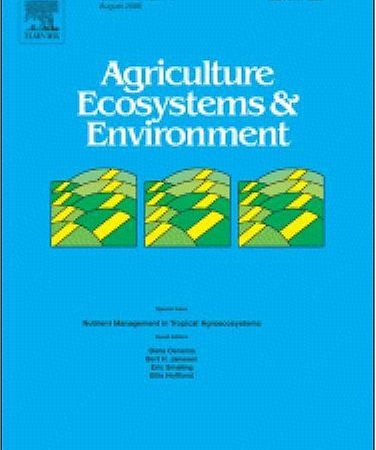
Climate change mitigation and food security are two of the main challenges of human society. Agroforestry systems, defined as the presence of trees on external and internal boundaries, cropland, or on any other available niche of farmland, can provide both climate change mitigation and food. There are several types of agroforestry systems with different rates of above ground and soil carbon (C) sequestration. The amount of carbon sequestered can depend on the type of system, climate, time since land use change and previous land use. Data was collected from a total of 86 published and peer reviewed studies on soil and above ground carbon sequestration for different agroforestry systems, climates and regions in the world. The objective was to understand which agroforestry systems provide the greatest benefits, and what are the main factors influencing, soil and above ground carbon sequestration. The results show that, on average, more soil carbon sequestration occurs in agroforestry systems classified as silvopastoral (4.38 tC ha−1 yr−1), and more above ground carbon sequestration occurs in improved fallows (11.29 tC ha−1 yr−1). On average, carbon benefits are greater in agroforestry systems Tropical climates when compared to agroforestry systems located in other climates, both in terms of soil (2.23 tC ha−1 yr−1) and above ground (4.85 tC ha−1 yr−1). In terms of land use change, the greatest above ground carbon sequestration (12.8 tC ha−1 yr−1) occurs when degraded land is replaced by improved fallow and the greatest soil carbon sequestration (4.38 tC ha−1 yr−1) results from the transition of a grassland system to a silvopastoral system. Time since the change is implemented was the main factor influencing above ground carbon sequestration, while climate mainly influences soil carbon sequestration most. The results of the analysis may be used to inform practitioners and policy makers on the most effective agroforestry system for carbon sequestration. The lack of data on carbon stocks before the implementation land use change and the lack of reporting on soil sampling design and variances were the main limitations in the data. The need to report this data should be considered in future studies if agroforestry systems are expected to play an important role as a climate change mitigation strategy.








